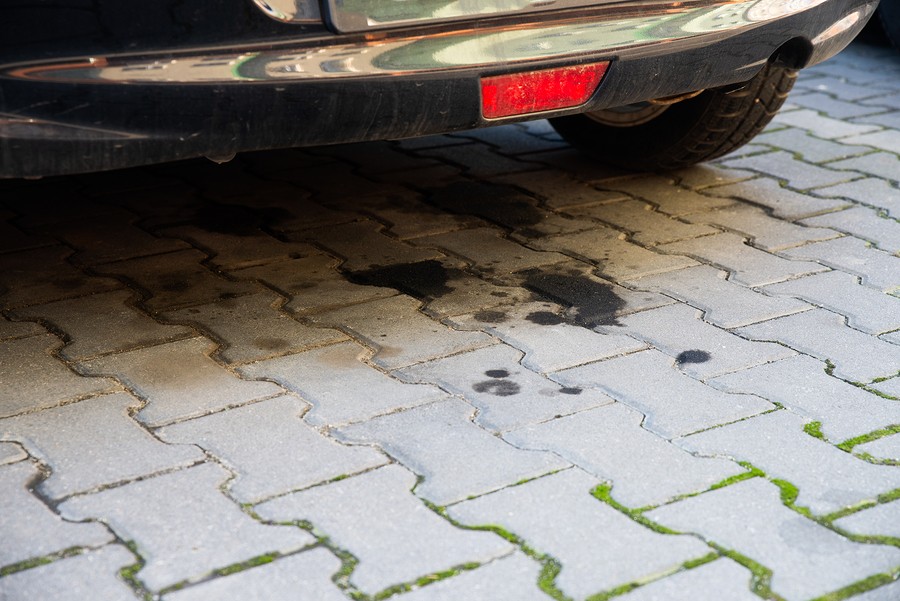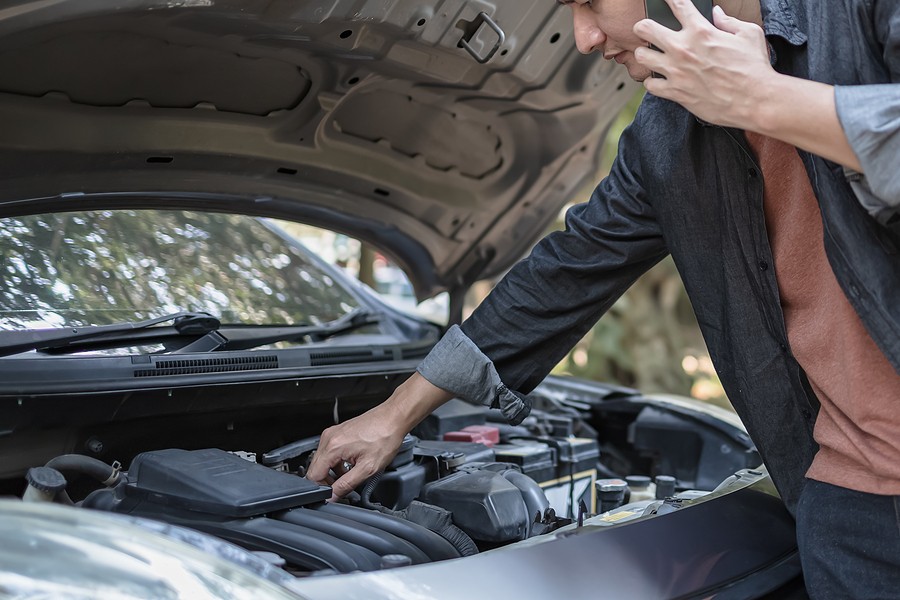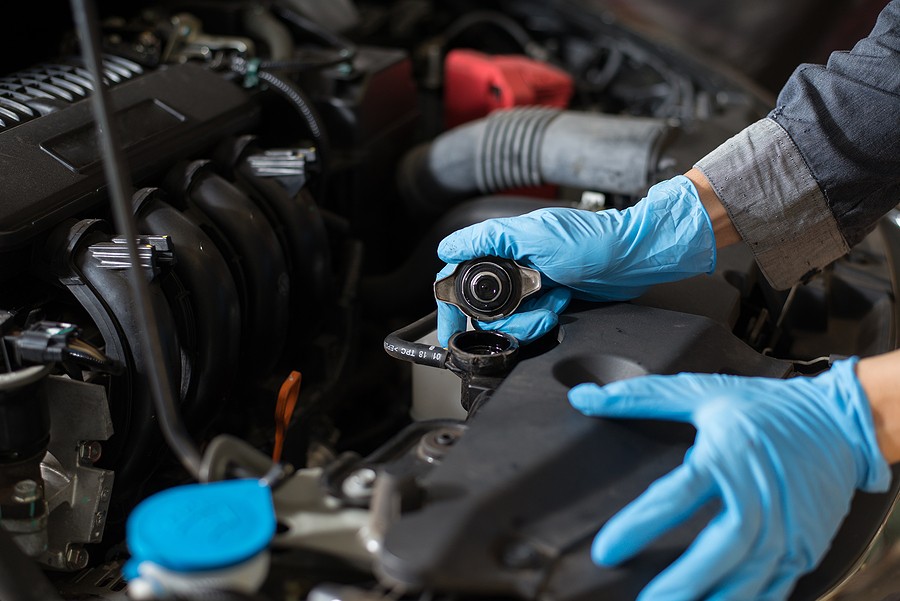If you're wondering, “How to know if the radiator cap is bad.” Below are the most common symptoms:
- Engine overheating
- Coolant leaks
- Reduce coolant level
- Hissing sounds
- Visible damage
- Steam or bubbling
The radiator cap is a small component within the cooling system; without this component, your system will not function properly because the pressure will be impacted, and some other problems might be introduced.
As a car owner, you must maintain a healthy radiator cap to avoid dealing with costly repairs that might cost you thousands of dollars if ignored. One of the best things you could do is detect any early symptoms of radiator cap problems that you could fix before things get out of hand.
This article serves as a detailed guide to help answer the question, “How do we know if our data cap is bad?” It highlights the six most important symptoms you will experience when their data cap goes bad.
Why does it matter to keep a good radiator cap?
Before we dive into the details about “how to know if the radiator cap is bad,” it is important that you understand the purpose of this radiator cap because it looks like a minor component that's not very important.
1. Pressure regulation
The radiator cap's first and most critical job is to maintain the pressure in your vehicle cooling system. The cooling system operates within a certain pressure level; if it's not maintained, things can get out of control, and the engine might overheat, leading to self-destruction.
Therefore, you must check on the radiator cap regularly and refer to your vehicle owner's manual to see what to look for regarding issues with their pressure level. Any problems with the pressure level should be addressed as soon as possible.
2. Coolant recycling
The other thing that many people might underestimate is coolant recycling. If the engine heats up, this radiator cap allows you to recycle and take any excess coolant through the expansion tank. As the engine cools down, the coolant goes back into the radiator.
Therefore, you must have a working radiator cap to avoid dealing with such issues. Otherwise, this hot coolant might leave the vehicle through the opening and might cause a lot of risks that might impact you.
3. Air prevention
Finally, we mentioned that your cooling system must operate within a certain pressure level. Allowing any air to get inside the system impacts the pressure significantly and leads to troubles that will cost you a lot of money to get fixed.
Therefore, maintaining a good and healthy radiator cap helps prevent air from getting inside the coolant and reaching the cooling system, which might be a big problem.
How do we know if The radiator cap is bad?
Now you have a general idea about the importance of the radiator cap, the next step is to understand what to look for if you suspect a bad radiator cap. The following list summarizes the six most common symptoms or signs you should be looking for to help you answer the question, “How do you know if the radiator cap is bad?”
1. Engine overheating
The first and most critical symptom you should watch is engine overheating. This indicates that the engine is exceeding the maximum threshold, which might lead to significant troubles that might destroy the engine.
One way to determine whether you're dealing with engine overheating is by looking at the temperature gauge on the dashboard. This gauge frequently communicates with the engine and tells you the current temperature.
If this gauge is reading very high or fluctuating, it could be a potential problem within the engine that might indicate some engine overheating. Remember that this is a general problem and might be linked to many issues, including the radiator cap and other problems.
Therefore, you must confirm whether your engine overheating is related to the radiator cap or something else. The more you add the problem, the more critical it gets and the more it impacts some surrounding components.
2. Coolant leaks
Unsurprisingly, if the radiator cap is not securing the cooling system properly, there is a very high potential that you'll see coolant leaking outside the car. This is because this coolant is pressurized, and it will seep through it if it finds an opening.
Coolant leak is never fun because it leads to severe damages that might require a lot of money to repair. The big problem is that you cannot continue driving your car if it has a coolant leak, and depending on its severity, you cannot even start it.
Therefore, you must monitor for any additional symptoms confirming a coolant leak because of a bad radiator cap. Once you confirm the problem, replace the radiator cap to ensure the coolant stays within the cooling system.

3. Reduce coolant level
Another thing you could do is to check on the coolant level. Locate the reservoir in your car and see if you can read the coolant level. If it drops below what it was a couple of hours ago, it might indicate A coolant leak that could be very severe.
Automotive experts recommend never touching the cooling system when the vehicle is hot. You typically want it to cool down for at least 30 minutes to one hour. If you touch the system and try opening the cap, there is a high chance of getting burned.
4. Hissing sounds
Another potential symptom that might indicate A failing radiator cap is hearing hissing noises from the radiator cap side. It might indicate that some air is seeping inside the system, making this hissing noise.
As a rule of thumb, automotive experts always recommend that you never ignore any potential weird noise from your car. The more you wait on the problem and ignore this noise, the harder Things get to be fixed.
Therefore, you must take these noises seriously and describe them to your mechanic to see if you can even drive your car. Your mechanic will provide additional recommendations that could help you identify what to do next and how to deal with this noise.

5. Visible damage
If you're struggling to monitor for the mentioned symptoms, one of the things you could do is to perform a visual inspection. If your vehicle is cooled down and you're 100% sure there is no risk of getting burned from the hot coolant, then you can open the cap.
If you feel that there are some visual damages or signs of a failing radiator cap, that could be a strong confirmation that you need to replace it. You need to know what a good radiator cap looks like to make the right comparison.
6. Steam or bubbling
Finally, if air continues to get inside the cooling system, you might deal with steam and bubbling within the cooling system. That can be very scary, especially if the steam starts coming out of the hood.
Again, this is a very general problem, and you cannot immediately assume that it's a bad radiator cap because you have to do a thorough inspection to confirm what are the real culprits causing the issue.
If you confirm it's a bad radiator cap, you have to replace it as soon as possible. The good news is that radiator caps are not expensive, and you can replace them very cheaply.

How do you know if the radiator cap is bad? Final Thoughts
Dealing with a bad radiator cap is never fun because it can lead to many issues that might damage your entire vehicle. Therefore, it is critical for you as a car owner to understand the main symptoms that could help you identify any potential problems with the radiator cap.
This article summarized the six common symptoms to help answer the question, “How do you know if the radiator cap is bad?” It's also highlighted the significance of this radiator cap to help you understand the urgency of addressing this issue.
You can have your mechanic replace the cap, but if you have the right experience and tools, you can do it yourself to save on labor costs. Replacing the cap is inexpensive and should be a quick repair.
For similar articles, visit our blog by clicking here.



